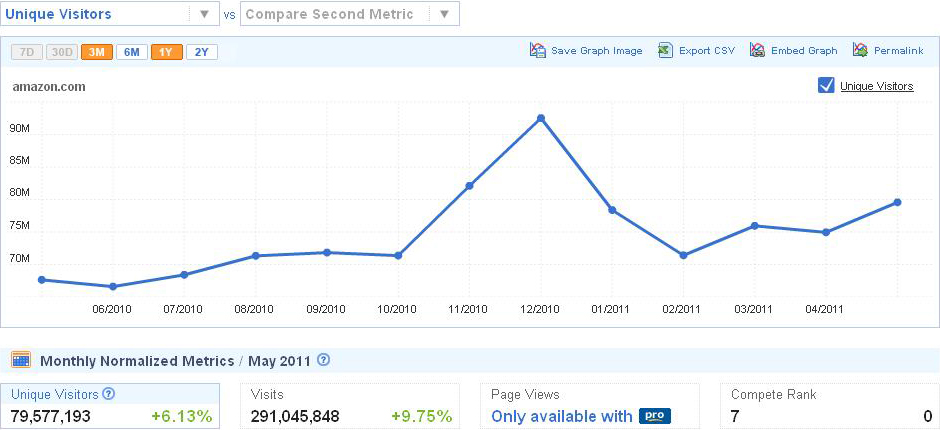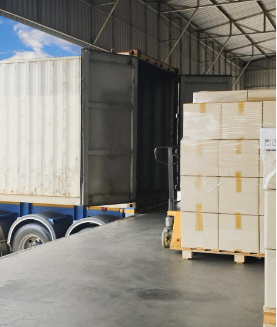Launched in 1994 as an online bookstore, Amazon.com is today the largest online retailer in the United States with more than 79 million unique visitors each year. The Amazon Marketplace has expanded dramatically over the past 17 years, enabling small businesses to make quick profits by selling used products to millions of buyers year-round. If you're looking for a way to get started selling online or to expand your existing business, Amazon.com is a great place to go! This article will give you some tips and tricks to help your business stand out from other Amazon sellers.

- Pros: easy to list, seller chargeback protection, very large buyer base, limited customer interaction, easy fee structure
- Cons: lack of branding opportunities, strict levels of service required for sellers
- Fees: single marketplace and transaction fee (approx. 15% + tax)
Top 5 Tips for Getting Started on Amazon.com
Accurately represent your product. Because of Amazon's A-to-z buyer guarantee, buyers may receive a full refund on any item for up to 90 days if the item is materially different than the product description. When it comes to buyer complaints and refund requests, Amazon usually takes the side of the buyer; therefore, make sure that you do not accidentally misrepresent your product's quality and/or features to avoid needing to issue a refund. For Amazon's condition guidelines, please click here.
Research your items before you sell. Before listing your products, make sure to research how those items have sold in the past. How much have they sold for? What shipping options did sellers offer? On Amazon, you can price items higher than you can on eBay or Craigslist, but you still want to make sure that your price meets buyers' expectations. Just perform a search on Amazon for your product and browse current listings to get some ideas for your own strategy.
Be professional when issuing refunds. Like eBay, Amazon also has a well-established feedback system for buyers and sellers. Though Amazon buyers are more likely to overlook seller feedback when making a purchase than eBay buyers, they will still give negative feedback if they have a bad experience. One way to differentiate your business from the competition is to handle refunds with grace and professionalism; though you may not want to take returns, if you are efficient, timely and gracious in processing them, your customer service feedback will get a nice boost.
Set clear shipping and payment expectations - and meet them. Buyers on Amazon tend to be more demanding of high-quality service than on other channels - they do not expect to have to contact a seller to make sure that the merchandise has shipped or that the item is truly as described. When you sign up as an Amazon seller, you will specify your shipping expectations and will be required to confirm product shipments with each transaction. Therefore, set realistic standards to ensure that you can meet your customers' expectations every time.
Factor shipping costs and fees into the price of your item. Amazon offers sellers a shipping credit to help cover the cost of shipping that varies depending on the product category (to see a list of shipping credits, click here). However, this credit does not always cover the full cost of shipping so you'll want to factor the remainder into the price of your item. Also, Amazon deducts a referral fee of 6-25% of the sale price, a variable closing fee, and a $0.99 fixed closing fee from the item's sale price. We recommend factoring these into your price as well to ensure that you make the profit you want.







